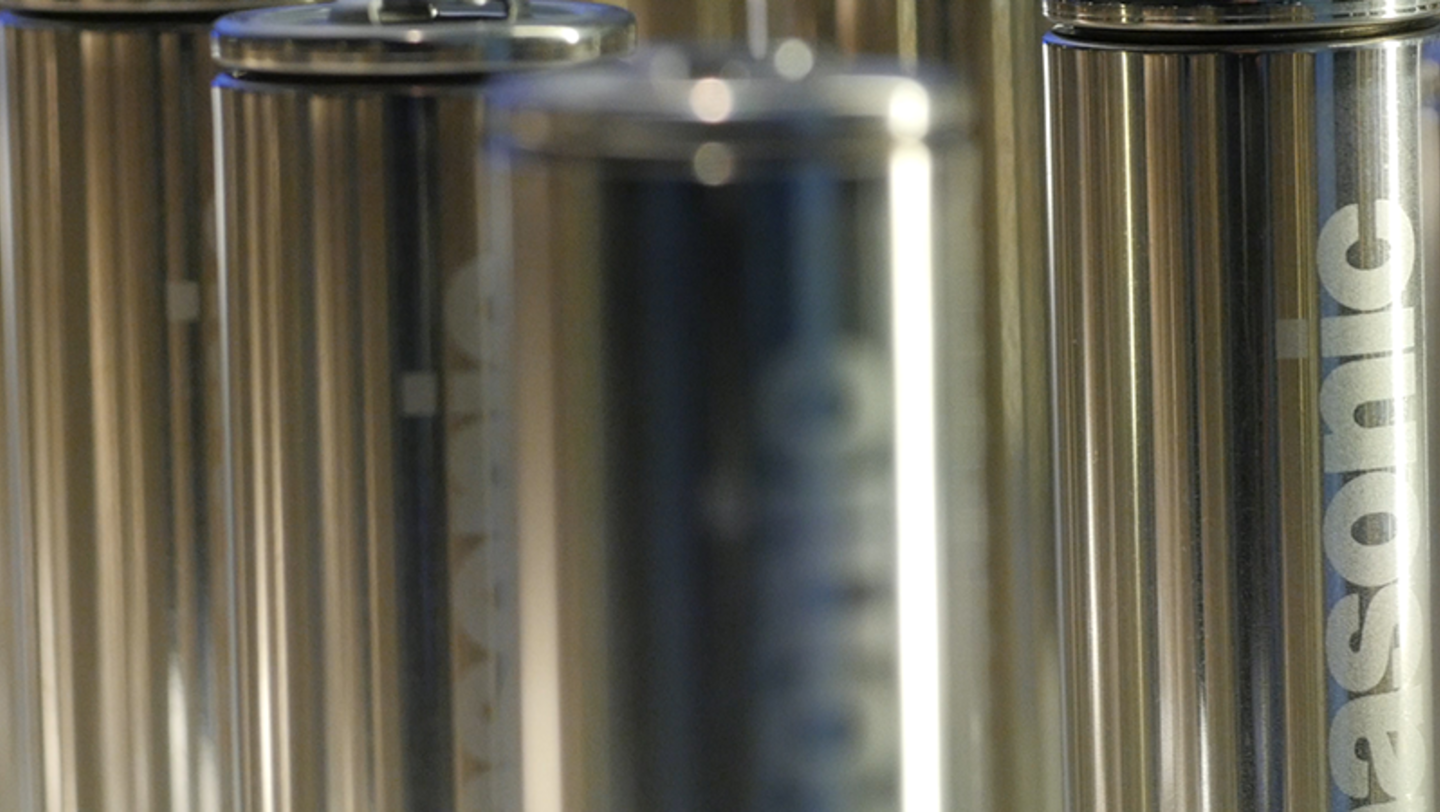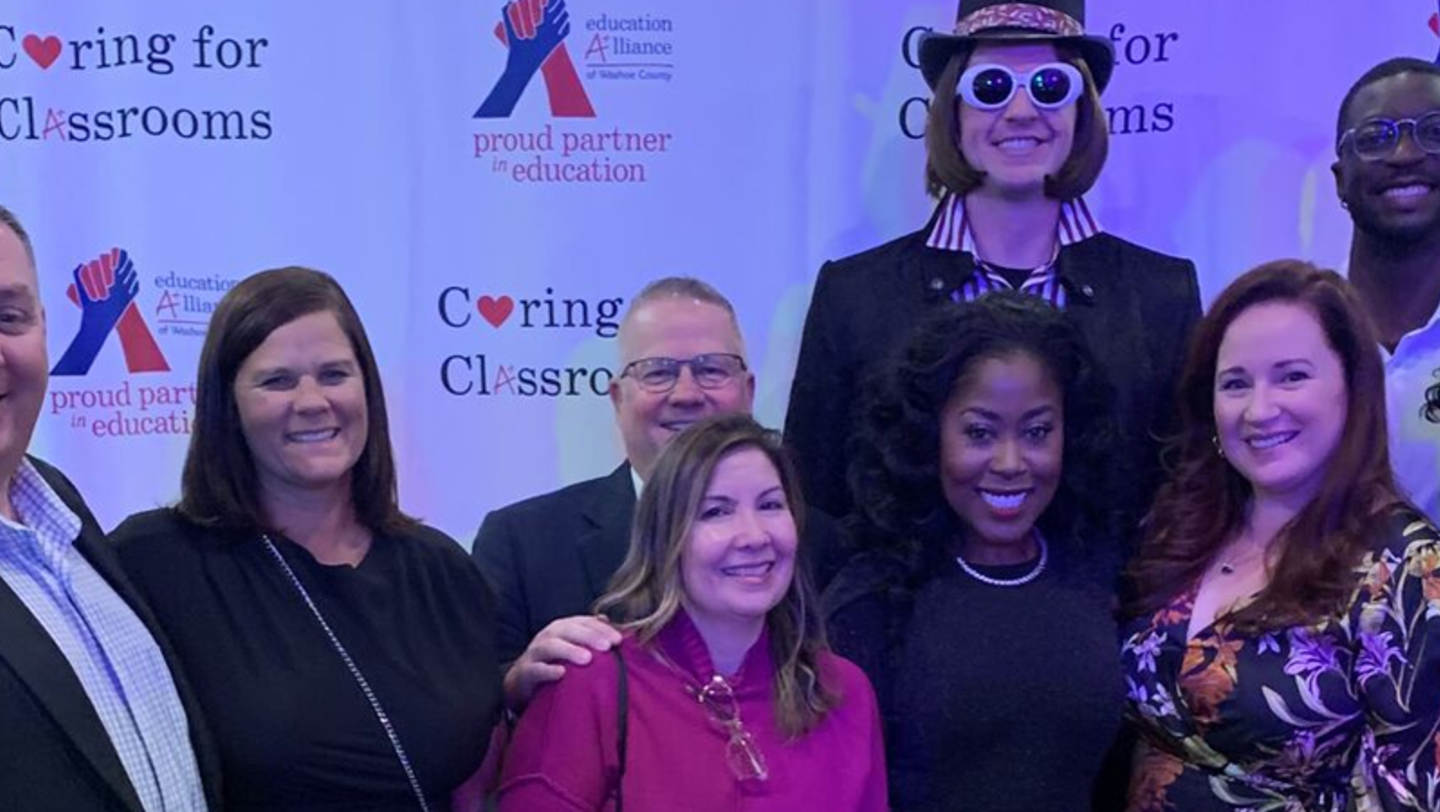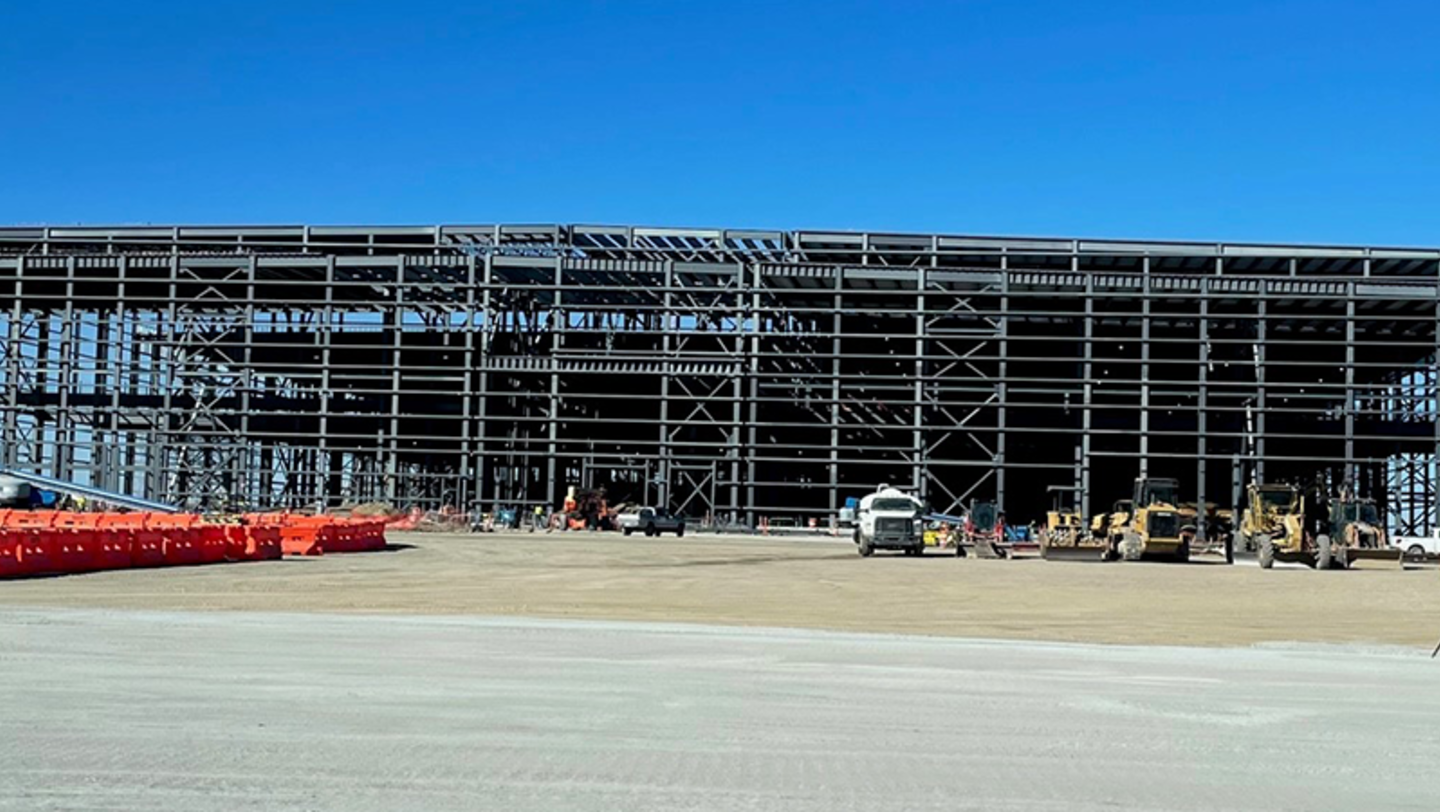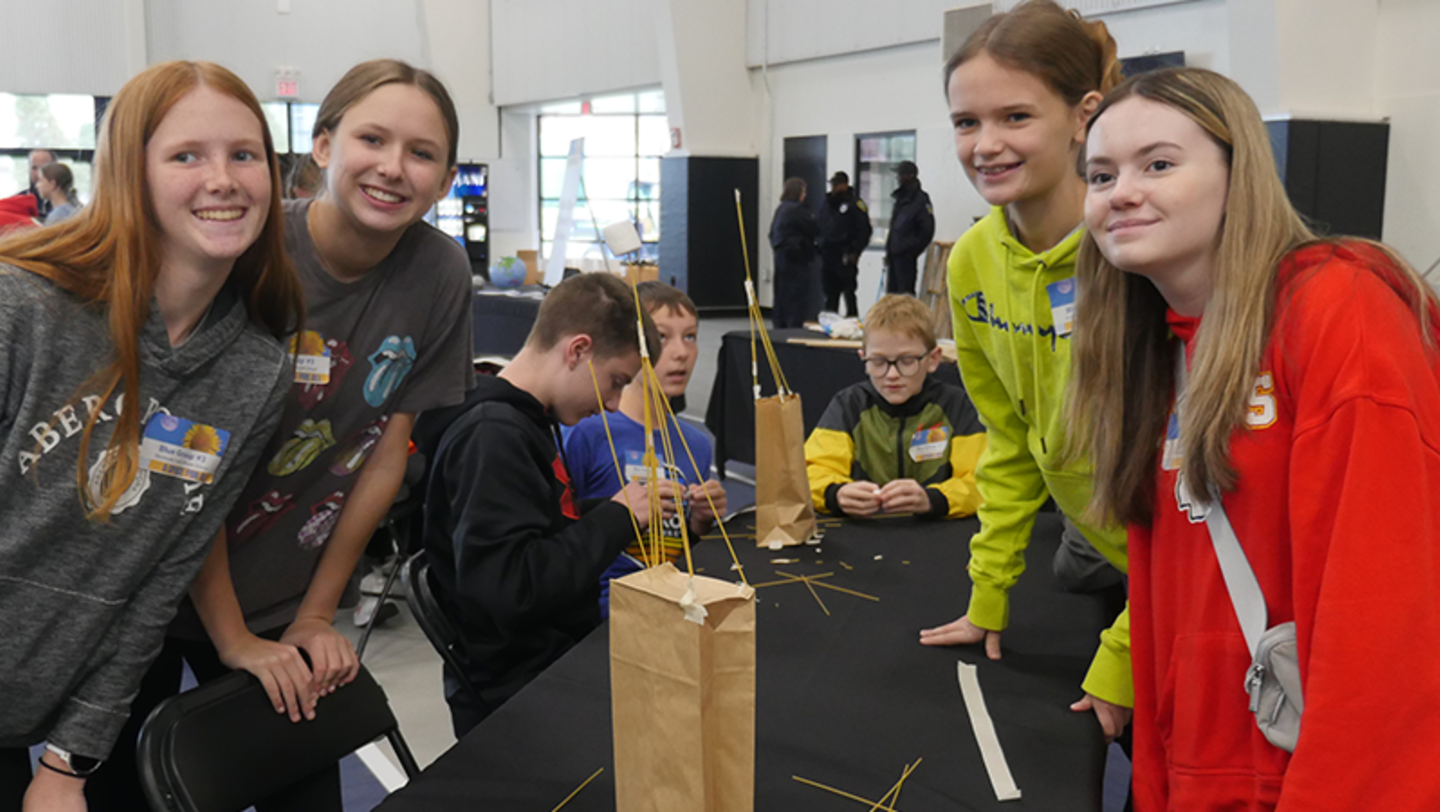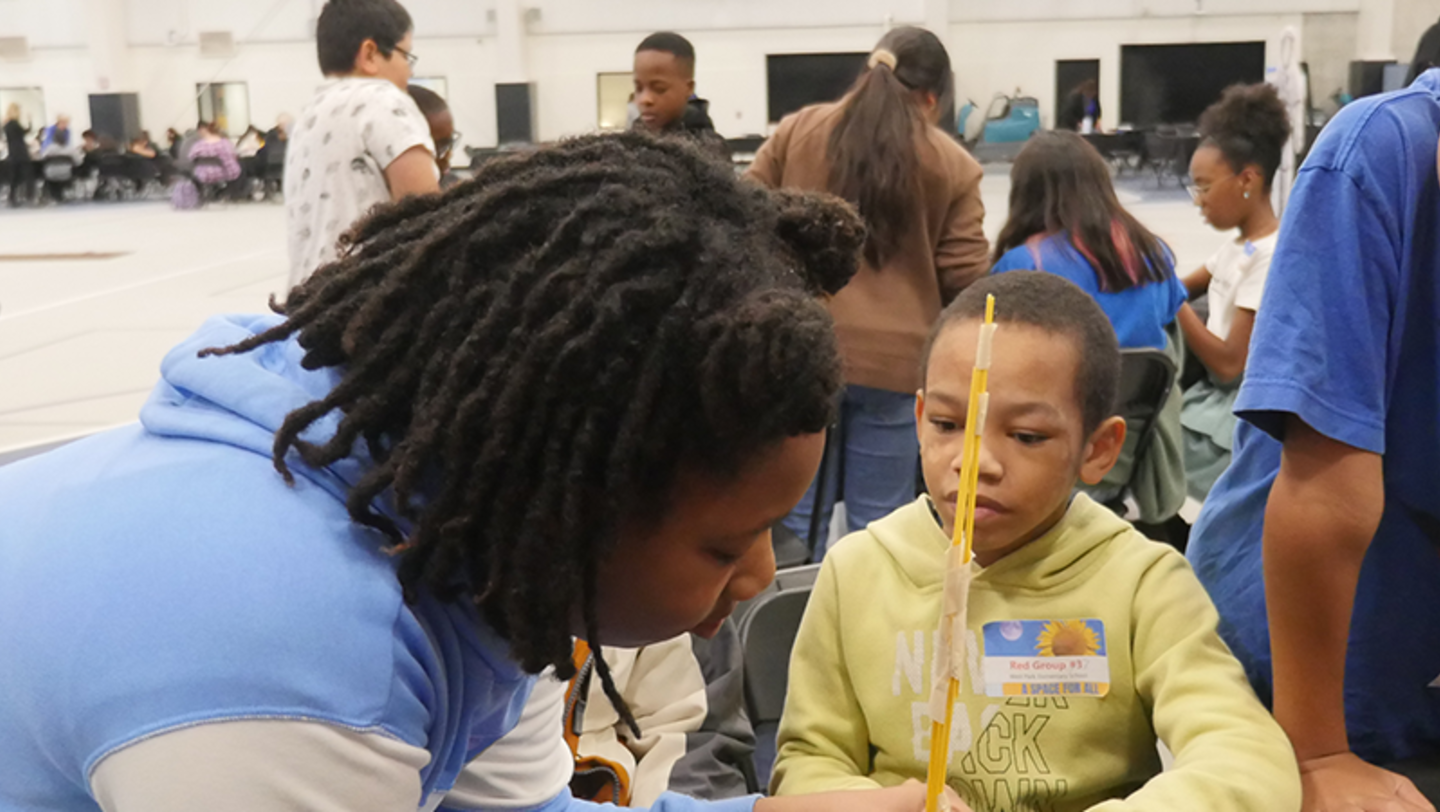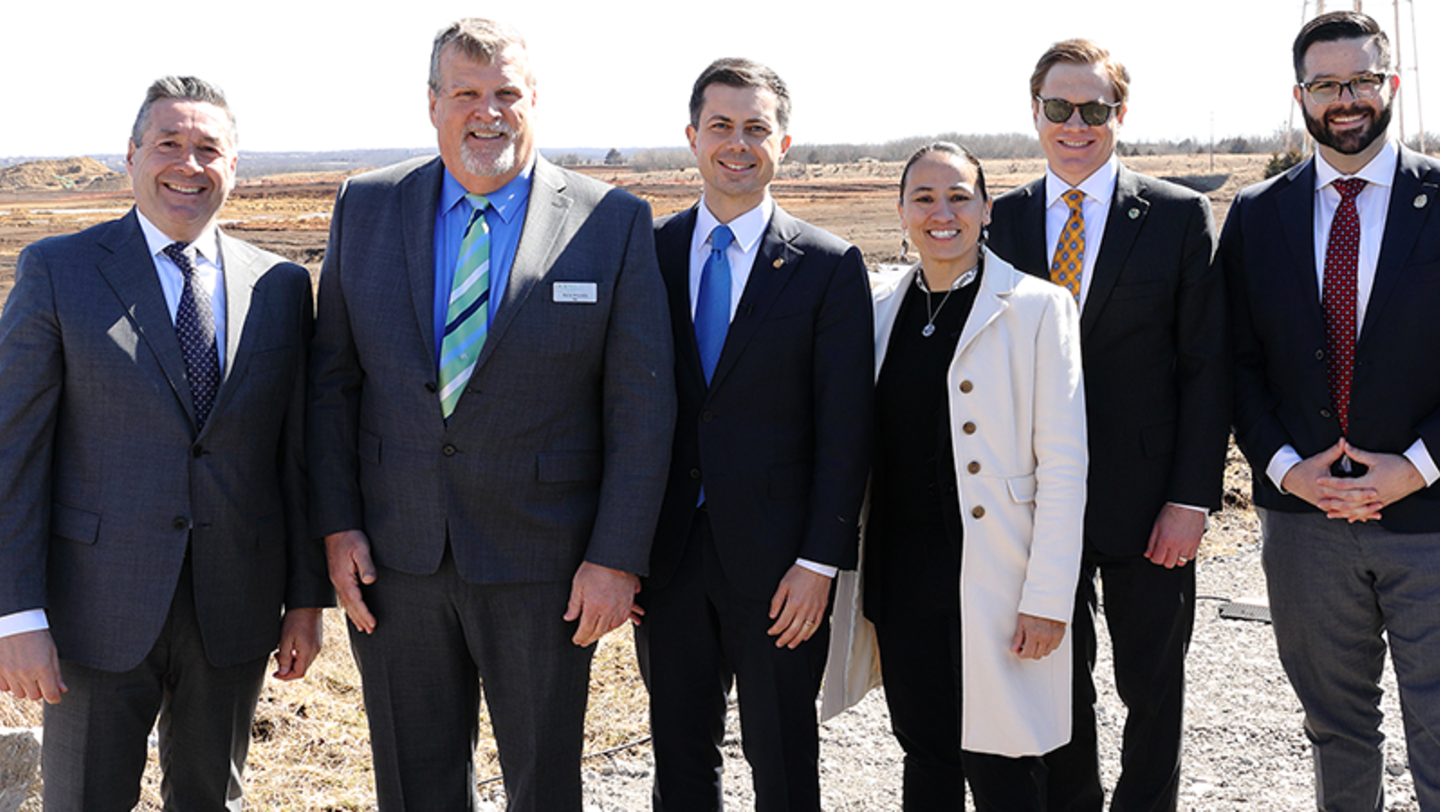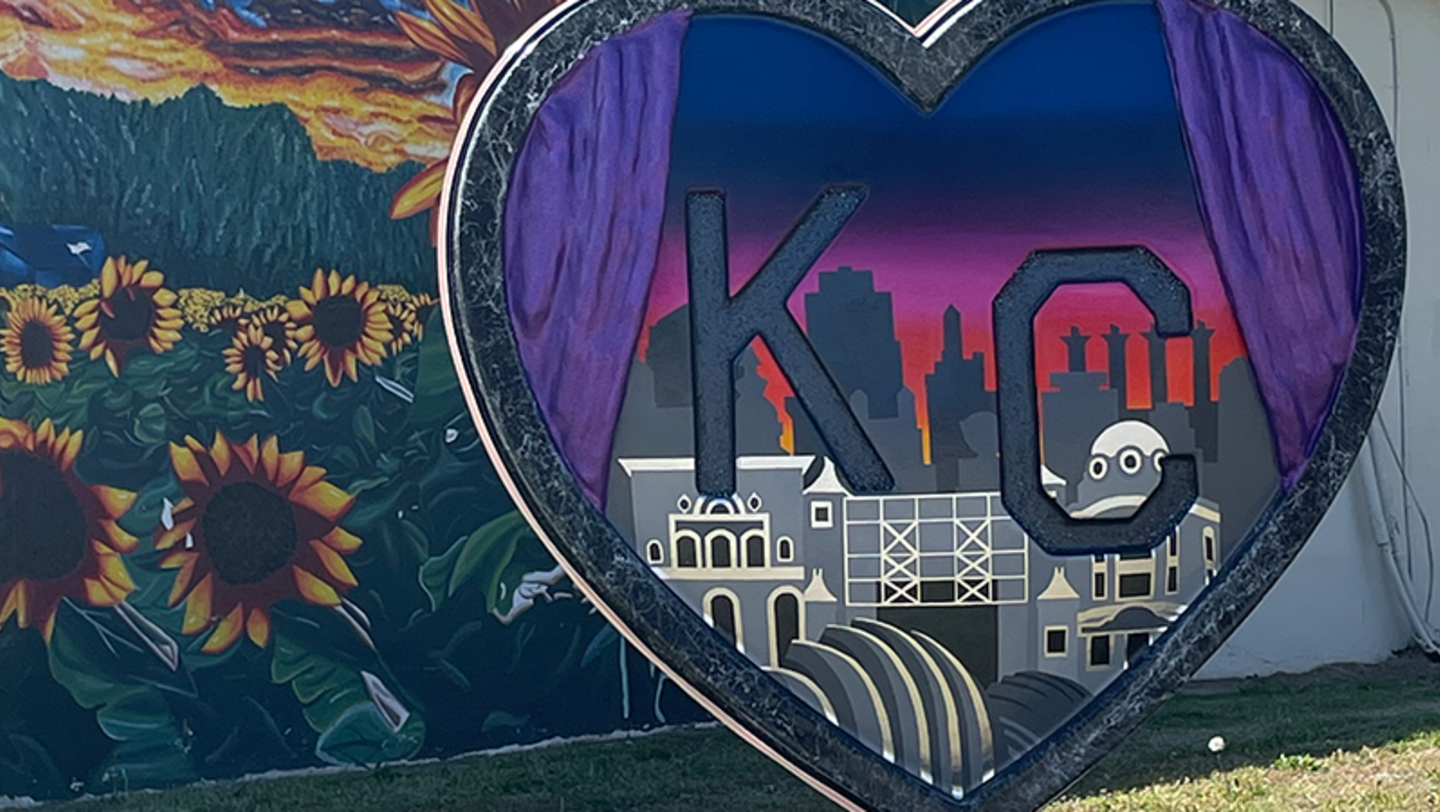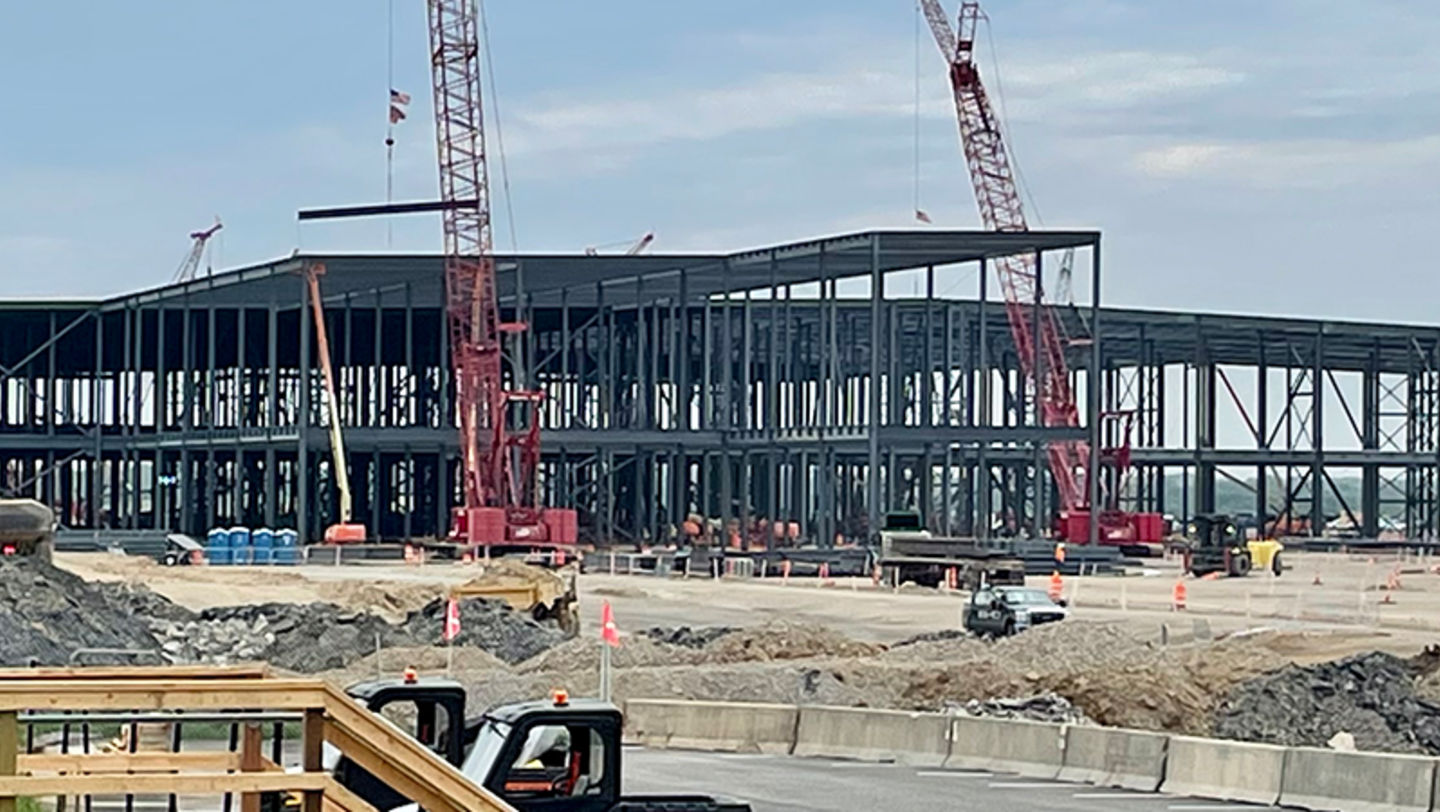How Utah's smart roadways are improving safety & efficiency
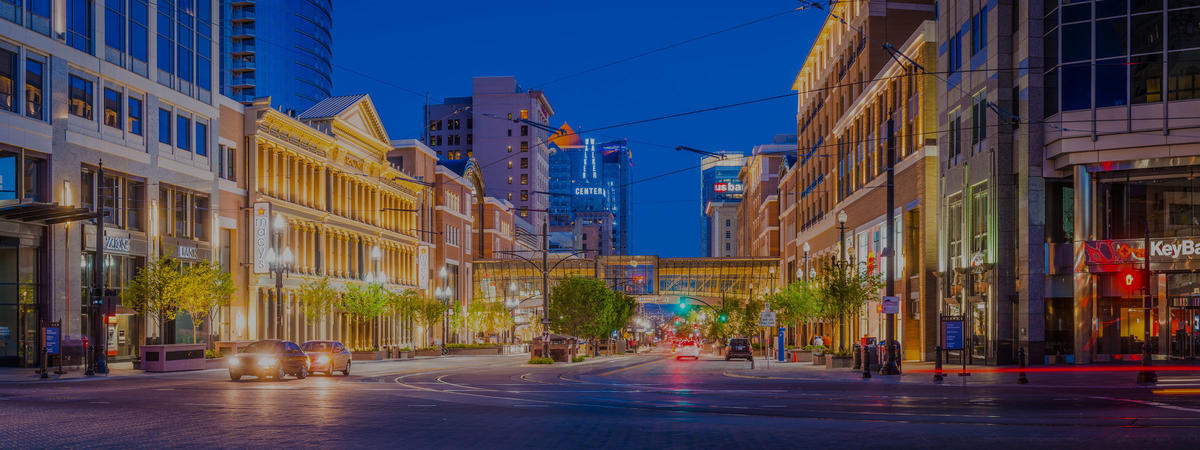
How Utah's smart roadways are improving safety & efficiency
7 minutesBack in 2017, the Executive Director of the Utah Department of Transportation (UDOT), Carlos Braceras, stood before an assembly of nearly 2,000 UDOT officials and detailed the department’s top 10 goals for the next few years, calling them “audacious and ambitious steps we need to take” in order to improve the state’s roadways. Among these goals? Becoming a leader in connected autonomous vehicles, decreasing travel times for urban commuters and – perhaps most challenging – eliminating traffic fatalities in the state.
According to the National Safety Council, there are there are more than 40,000 traffic deaths in the United States each year. That’s a sobering figure, especially when you consider that the vast majority of these are caused by human error. Distracted driving, speeding, drowsy driving and driving while under the influence are all major causes of accidents.
Fortunately, forward-thinking states like Utah are putting forth bold initiatives to improve road safety. The state’s Zero Fatalities mission aims to eliminate traffic deaths on the state’s roadways – an ambitious goal, but one that the Utah Department of Transportation is committed to making a reality.
As part of this mission, UDOT has partnered with Cirrus by Panasonic to develop a next-generation intelligent transportation data ecosystem. The connected vehicle data ecosystem is being designed to share real-time, actionable information between vehicles and roadside infrastructure to increase the safety and efficiency of traffic flow.
Recently, we sat down with Braceras to discuss the project. The following Q&A shares highlights of that conversation.
Panasonic: Utah is an intelligent transportation pioneer — talk about recent innovations.
Carlos Braceras: Initially, UDOT put together a proposal for a connected vehicle pilot program, known as the Utah Smart Transit Signal Priority project. We worked with the Utah Transit Authority to create the first operational connected vehicle corridor in Salt Lake County, connecting our bus system with traffic signals. Essentially, we identified the bus route with the lowest reliability in the county, then installed dedicated short-range communications (DSRC) radios at 30 intersections along that route. When the system detects that a bus is behind schedule, the traffic signals grant additional green-light time for the bus so it can get back on schedule.
Our goal was to improve reliability with the idea that with improved reliability, ridership would increase. Today, the system is up and running – and reliability on the bus system has increased.
We pushed our connected vehicle program further with our connected snowplow project, where traffic signals along different routes are communicating with our plows to reduce time spent waiting at traffic lights. The theory is the faster we plow the roads, the safer the roads are.
Innovating in a space like this is tough, because nobody wants to be the one to go first. Auto manufacturers are not going to invest money in a technology that's going to increase the cost of their product if there's nothing for their vehicles to talk to or to hear from. And infrastructure owners are always going to be apprehensive about spending public dollars if there's no use case.
My hope is that the connected vehicle data ecosystem project with Panasonic will not only build and improve upon what Utah has done already, but will help serve as a force multiplier for the rest for the country. Somebody has to go first – somebody has to be the one to push forward – and ultimately, others will benefit from that.
How is the connected vehicle data ecosystem going to help Utah achieve its Zero Fatalities mission?
Traffic deaths are one of the leading causes of death in America today. To have around 40,000 people die on our nation's roadways each year is an outrage – that’s the equivalent of ninety-four 787s going down a year. Yet there's no outrage out there. People have come to accept traffic deaths as the cost of doing business.
UDOT launched the Zero Fatalities mission in an effort to help change that. At an annual conference of state DOT officials two years ago, I laid out a list of the top 10 things Utah is planning to achieve in the next four to five years. Number one on that list is getting annual traffic fatalities down under 200 – a number we haven’t seen since 1950.
I believe that the connected vehicle data ecosystem will be instrumental in achieving that goal. Once implemented, UDOT will have real-time, full situational awareness of our transportation system: we’re going to know when a guardrail gets hit; we’re going to know when a stop sign gets knocked over; we’re going to know when there’s a car stalled on the shoulder. That information is critical when it comes to improving efficiency and safety.
If you look at historical data charting the number of serious car crashes or traffic fatalities in this country, you can see several inflection points where there’s been a change in the shape of the curve: mandatory-use laws for seatbelts, for example, or the introduction of anti-lock braking systems. And I think, 20 years from now, people are going to look back at today and say, “Look at that change! That’s when people with vision started implementing connected vehicle ecosystems.” I think this going to be an absolute game-changer in the safety world.
At the end of the day, the Zero Fatalities mission is behind almost everything we do. It is the fundamental reason we’re investing in innovative technologies like the connected vehicle data ecosystem.
What’s the importance of public-private partnerships in a big project like the connected vehicle data ecosystem initiative?
When it comes to improving road safety with something like a connected vehicle data ecosystem, we can set vision, but we don’t have the technical capabilities that our private-sector partners have to implement it. And quite honestly, I don’t think we need to have those capabilities – but what we do need is a strong partnership, based on trust, to be able to accomplish this shared vision.
How does the connected vehicle data ecosystem tie into your role as American Association of State Highway and Transportation Officials (AASHTO) president?
AASHTO is an association of 52 members – one for each state, as well as Washington, D.C., and Puerto Rico – and the goal is to develop policies for which 35 members will say, “Yes, I agree to this.” That’s a pretty high standard when you consider the diversity that we have in this country, not only in terms of the urban-rural divide, but also in the different fiscal positions and political leanings of each state.
Yet despite our differences, there’s one foundational element we have at every state department of transportation, and that’s the commitment to safety. And there is consensus among all the states that the path forward to achieve this vision of zero fatalities is going to be through implementing the technology of the future.
Currently, we have a “SPaT challenge” wherein every state has been challenged to go out and implement connected vehicle infrastructure along a corridor. We're probably close to 28-29 states that now have systems somewhere in progress, so there's definitely this sense of momentum building. We're starting to see it now in every state – this collective understanding of the importance of preparing for the future transportation system.
Where do you look for new ideas, particularly when you're leading a pioneering tech project?
At UDOT, we believe strongly that for us to be successful, we have to be innovative.
We find new ideas and inspiration in many different places. We learn from other states – Colorado Dept. of Transportation and Panasonic took a step forward here, and we learned from that opportunity. We learn from the federal government; we learn from OEMs; we learn from private-sector partners and industry events.
One of the questions we always ask people here at UDOT when they go to a meeting, event or conference is this: What are you going to implement? We actually require people to come back and report to senior leadership on what have they have changed or will change as a result of what they learned. This question pushes people to be intentional about seeking innovative opportunities and to take the risk to try new things.
